Over the past few years, I’ve been steadily adding Hess Midstream (ticker: HESM) to my portfolio. And let me tell you—this high-yield midstream oil and gas stock has been a surprise outperformer. I wish I had caught it earlier.
Since going public in 2017, Hess Midstream has returned 192.1% to investors over the past 5 years. That’s an annualized return of 23.9%. Even with a rocky start, its all-time total return sits at 176%, which translates into a respectable compound annual growth rate of 13.2%.
But what really makes HESM stand out is its dividend performance. It combines an above-average yield with consistent dividend growth—a rare combo in today’s market. Currently, the yield is 7.37%, and the 5-year dividend CAGR is 10.49%. The 3-year CAGR isn’t far behind at 8.93%. Plus, the company raises its dividend every single quarter.
Today we’re diving into everything HESM: business model, financials, outlook, and the unique corporate structure behind the scenes. Stick around, and in Part 2, I’ll break down valuation using a dividend discount model and share analyst price targets.
Read More: Five more stocks like HESM
| Stock |
Company Name |
Why It May Be a Better Pick |
| AM |
Antero Midstream Corporation |
Offers a lower payout ratio and stronger recent price momentum; also benefits from exposure to natural gas basins with long-term growth potential. |
| KNTK |
Kinetik Holdings Inc. |
Higher dividend yield and strong infrastructure footprint in the Permian Basin, one of the most prolific U.S. energy regions. |
| DTM |
DT Midstream, Inc. |
Strong EBITDA growth and a more diversified customer base; also has a lower payout ratio, which may support future dividend increases. |
| PAGP |
Plains GP Holdings, L.P. |
Higher forward yield and broader exposure to crude oil logistics, which may benefit from global demand recovery. |
| WES |
Western Midstream Partners |
Larger market cap and more analyst coverage, which can lead to better liquidity and institutional support; also has a solid track record of capital returns. |
Breaking Down the Business Model
Hess Midstream operates in the midstream segment of the energy sector. That means their primary business is transporting crude oil and natural gas liquids (NGLs), with some exposure to water gathering as well.
Their infrastructure is concentrated around the Bakken formation and Williston Basin—areas covering parts of North Dakota, South Dakota, Montana, and even Canada. Visualizing the setup helps: from natural gas gathering pipelines to processing facilities like the Tioga and Little Missouri 4 gas plants, every piece connects the production sites to wider distribution networks.
They’ve also built out crude oil infrastructure. This includes pipelines, truck fleets, and a key terminal—the Tioga Rail Terminal. That terminal alone can handle 140,000 barrels/day of crude oil and 30,000 barrels/day of NGLs. It even links up to Warren Buffett-owned BNSF Railway, and through it, other major rails like Union Pacific and CSX.
Bottom line: Hess Midstream is an energy infrastructure play. They gather, process, store, and export high volumes of oil, gas, and water—and they do it at scale.
How the Money Rolls In
These transportation companies earn fees for moving resources. And HESM's fee structure isn’t just reliable—it's locked in through long-term contracts. Their largest customer? The parent company, Hess Corporation.
The current contract with Hess runs through 2033. Not only is it 100% fee-based—eliminating exposure to volatile commodity prices—but it also includes minimum volume commitments (MVCs) on around 80% of capacity. That means even if demand dips, HESM’s revenue doesn’t take a direct hit.
The contract includes an inflation-based escalation clause, using an average rate from 2021 to 2023. It’s also designed so fees, once set, can’t be lowered. In fact, this fixed-fee structure with Hess accounts for 85% of HESM’s total revenue.
Through ups and downs in the oil and gas market—case in point, 2020—Hess Midstream has continued to generate strong cash flow and grow its dividend. That's the kind of consistency dividend investors dream about.
Unpacking the Ownership Structure
🔑 Key Notes: HESM Ownership Structure
- Joint Venture Origins: HESM was formed as a 50/50 partnership between Hess Corporation and Global Infrastructure Partners to fund midstream asset development.
- Public Listing: The publicly traded entity is Hess Midstream LP (ticker: HESM), owned in part by the original partnership.
- Share Count Dynamics: As GIP exits, Hess buys back shares—raising public float but claiming it's accretive to existing shareholders.
- Tax Advantage: Though structured like a partnership, HESM operates as a UPC (Umbrella Partnership C-Corp), so investors receive a standard 1099-DIV instead of a complex K-1 form.
- Bottom Line: The structure may appear complex, but the dividend experience for shareholders is simple and investor-friendly.
Now, let’s talk corporate structure. It’s... complicated.
Hess Corporation partnered with Global Infrastructure Partners to raise capital and build out HESM’s assets. They formed a 50/50 partnership called Hess Midstream Operations, which owns the publicly traded entity Hess Midstream LP—the one with the ticker HESM.
The web gets tangled from there. As GIP sells off its stake, Hess repurchases shares, which causes the public share count to rise. And yes, that can look like dilution. But Hess claims these buybacks are accretive to public shareholders, and that it now owns a larger slice of the entire business.
The silver lining here? Tax simplicity.
Despite the partnership-like structure, HESM is actually classified as a UPC—an umbrella partnership C-corporation. Translation: no K-1 tax forms. Instead, shareholders get a standard 1099-DIV, just like with any dividend stock. If you like to keep taxes clean and simple, that’s a huge plus.
HESM Stock Analysis: Financials, Valuation & Long-Term Outlook
Let’s get into the numbers, because while it might not be flashy, it matters. Especially if you’re sizing up Hess Midstream (HESM) as a serious dividend growth investment.
At a current share price of $38.54, HESM offers a forward annual dividend of $2.84, landing it a yield of 7.37%. The company sports a market cap of just $8 billion, smaller than names like MPLX and EPD in the midstream space.
Dividend Growth & Safety
HESM has locked into a consistent cadence of quarterly dividend growth, generally in the 9–10% range annually. Even when the increases cool off in a given quarter—say, 1.2% to 3%—they remain steady and predictable.
Here’s the kicker: their dividend is backed by a solid 37% payout ratio based on free cash flow. While net income can look shaky due to the partnership structure, the core metric is distributable cash flow, and HESM has this covered. In FY2024, they generated $655 million in free cash flow, with projections reaching up to $785 million in 2025.
They’ve also emphasized, across multiple earnings reports and guidance updates, their intention to raise the dividend at least 5% per year through 2027. Realistically, they’ve exceeded this every year since 2021, growing dividends per share by 57% while executing $2.15 billion in share repurchases.
It’s not just dividend metrics that shine—EBITDA has grown at a 20% compound annual rate from 2015 through 2025. That kind of growth doesn’t happen by accident.
Strong Throughput & Segment Strength
Volume throughput is where the engine really revs. In the most recent quarter:
- Gas processing increased 8%
- Oil terminaling climbed 7%
- Water gathering rose 9%
Natural gas—estimated to contribute 75% of revenue—is the workhorse here. Oil likely accounts for 15–20%, and water 5–10%. Favoring gas makes strategic sense, given its longer-term growth profile.
The company also repurchased $100 million in Class B units in January 2025, again underscoring their active capital return strategy.
Looking ahead, management reaffirmed volume growth expectations across all systems through 2026 and 2027. For FY2025, guidance calls for at least 8% growth in gas processing, 5.6% in oil, and stable water throughput.
What Chevron’s Acquisition of Hess Means
Now let’s address the elephant in the room: Chevron’s $53 billion all-stock bid to acquire Hess Corporation.
While this merger has dragged on, it’s expected to finalize by August 2025. That said, Hess Midstream operates as a separate entity, and its long-term contracts with Hess Corporation will transfer directly to Chevron. These agreements are locked in through 2033, with no changes outlined in HESM’s 10-K.
If anything, this could be a long-term tailwind. Chevron has significantly deeper pockets and may choose to invest further in the Bakken assets, indirectly benefiting HESM. At minimum, the impact is neutral—it certainly doesn’t undermine the existing economics.
Valuation Using the Dividend Discount Model
Let’s plug it into the DDM. Using the tool on DividendData.com, here’s how it plays out:
- Share price: $38.57
- Forward dividend: $2.84
- Base growth rate: 5% (conservative guidance)
- Discount rate: 10%
This results in a fair value estimate of $53.81, implying the stock is undervalued by 28.3%. Even with a higher 12% discount rate, fair value sits at $40.91—still above today’s price.
Using a 7% dividend growth rate and a 10% discount rate bumps the valuation to $75.88, an almost 50% upside. Even stretching up to a 14% discount rate, the model still favors the stock as undervalued. With a 9% growth rate and a steep 15% return expectation, HESM still prices in a margin of safety.
Analyst Price Targets & Final Thoughts
Wall Street hasn’t flooded this one with attention, but five analysts currently cover it:
- Mean price target: $44
- High estimate: $48
- Low estimate: $41
- Ratings: 2 Buy, 2 Hold, 1 Outperform
As for me, I hold 204.21 shares of HESM, generating $579 in annual dividends. I’ve been adding to my position in recent months and plan to continue if the price remains attractive.
This is the kind of company I want as a core part of my dividend portfolio. It’s reliable, growing, and pays me while I wait. That said, this is my personal outlook—not financial advice. Always do your own homework before investing.
If you’ve got thoughts, or if there’s another stock you want covered in a future video, drop a comment. And if you’re interested in the tool I used throughout this review, check out DividendData.com—we’ve got a summer sale right now for 50% off annual membership, with a 30-day money-back guarantee.
https://youtu.be/j2hWzhndnNo?si=S-sn_8ItZ3b3wZeQ



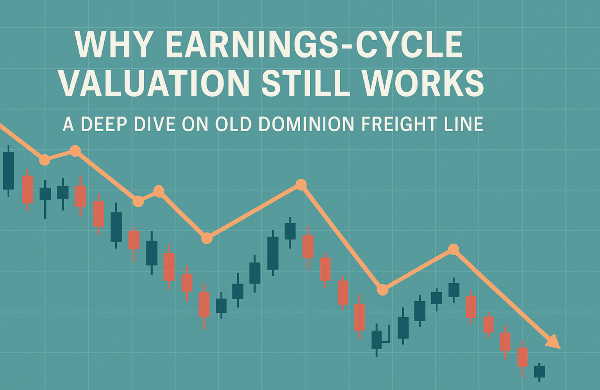
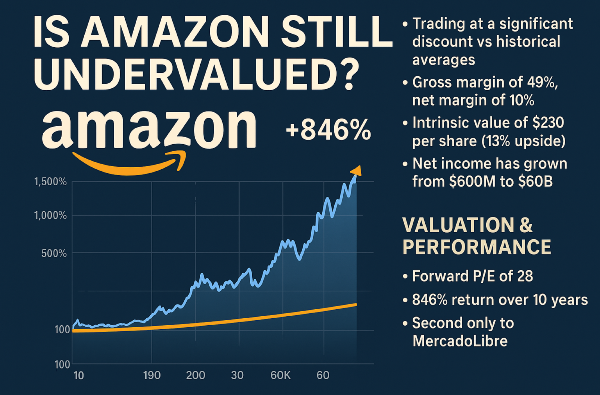



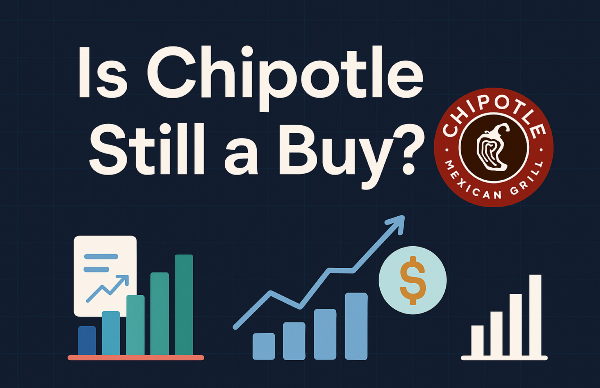
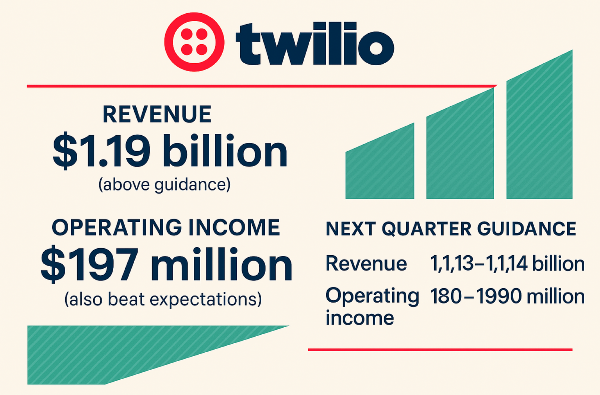
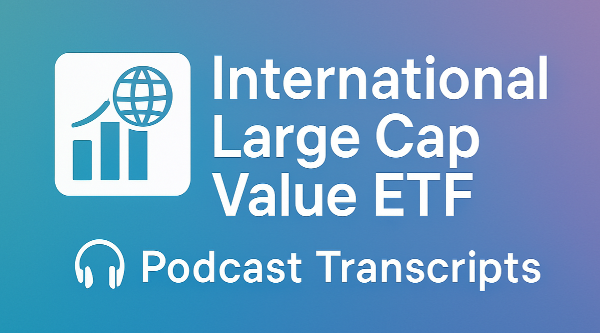
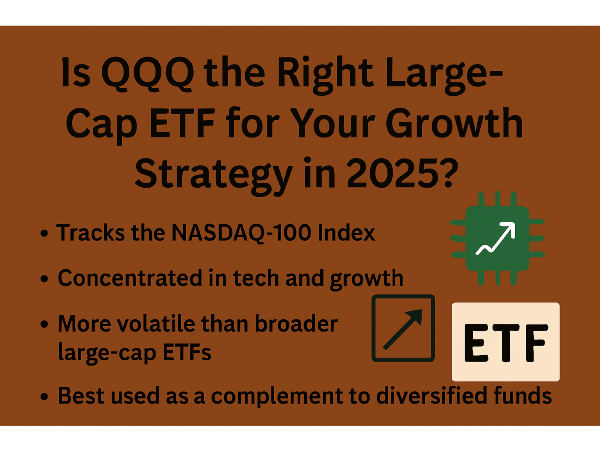

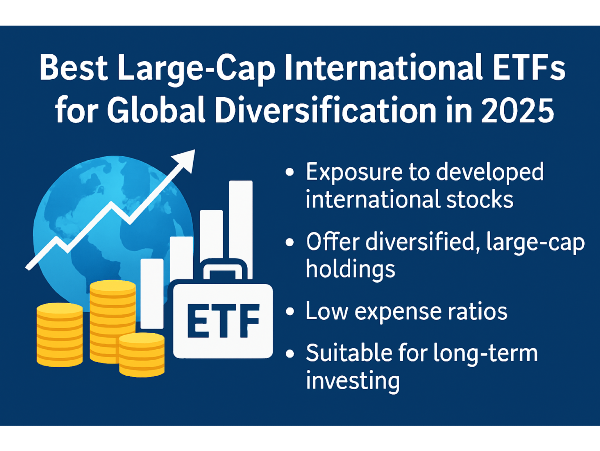

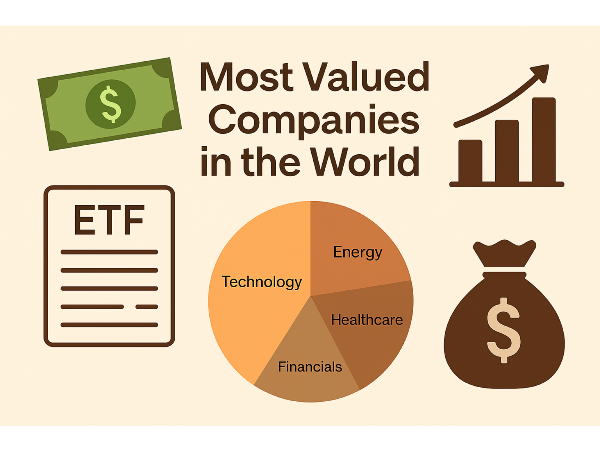
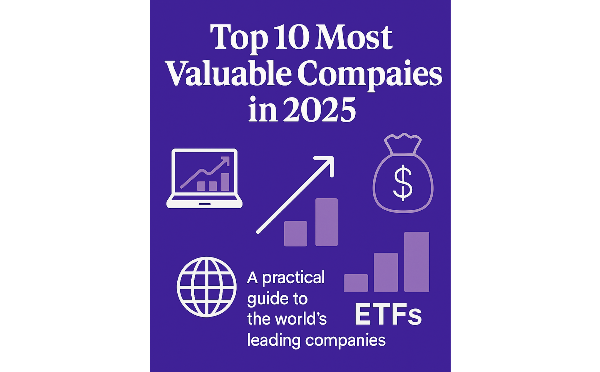

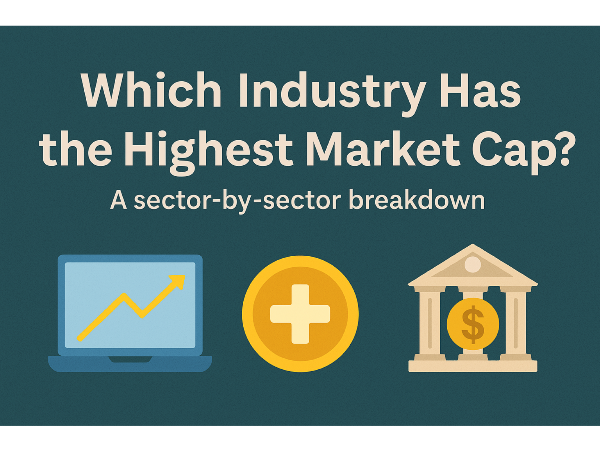
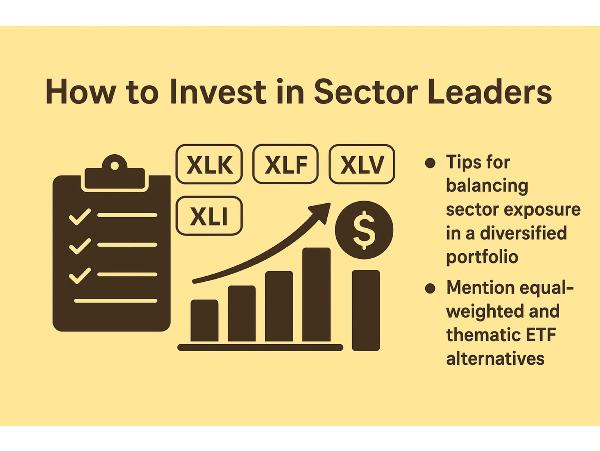

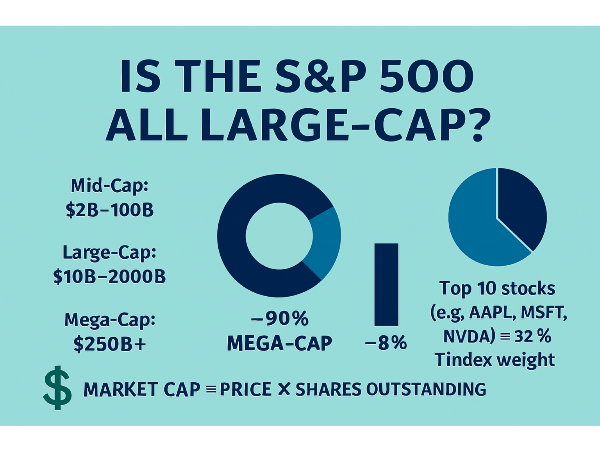








Over the past few years, I’ve been steadily adding Hess Midstream (ticker: HESM) to my portfolio. And let me tell you—this high-yield midstream oil and gas stock has been a surprise outperformer. I wish I had caught it earlier.
Since going public in 2017, Hess Midstream has returned 192.1% to investors over the past 5 years. That’s an annualized return of 23.9%. Even with a rocky start, its all-time total return sits at 176%, which translates into a respectable compound annual growth rate of 13.2%.
But what really makes HESM stand out is its dividend performance. It combines an above-average yield with consistent dividend growth—a rare combo in today’s market. Currently, the yield is 7.37%, and the 5-year dividend CAGR is 10.49%. The 3-year CAGR isn’t far behind at 8.93%. Plus, the company raises its dividend every single quarter.
Today we’re diving into everything HESM: business model, financials, outlook, and the unique corporate structure behind the scenes. Stick around, and in Part 2, I’ll break down valuation using a dividend discount model and share analyst price targets.
Breaking Down the Business Model
Hess Midstream operates in the midstream segment of the energy sector. That means their primary business is transporting crude oil and natural gas liquids (NGLs), with some exposure to water gathering as well.
Their infrastructure is concentrated around the Bakken formation and Williston Basin—areas covering parts of North Dakota, South Dakota, Montana, and even Canada. Visualizing the setup helps: from natural gas gathering pipelines to processing facilities like the Tioga and Little Missouri 4 gas plants, every piece connects the production sites to wider distribution networks.
They’ve also built out crude oil infrastructure. This includes pipelines, truck fleets, and a key terminal—the Tioga Rail Terminal. That terminal alone can handle 140,000 barrels/day of crude oil and 30,000 barrels/day of NGLs. It even links up to Warren Buffett-owned BNSF Railway, and through it, other major rails like Union Pacific and CSX.
Bottom line: Hess Midstream is an energy infrastructure play. They gather, process, store, and export high volumes of oil, gas, and water—and they do it at scale.
How the Money Rolls In
These transportation companies earn fees for moving resources. And HESM's fee structure isn’t just reliable—it's locked in through long-term contracts. Their largest customer? The parent company, Hess Corporation.
The current contract with Hess runs through 2033. Not only is it 100% fee-based—eliminating exposure to volatile commodity prices—but it also includes minimum volume commitments (MVCs) on around 80% of capacity. That means even if demand dips, HESM’s revenue doesn’t take a direct hit.
The contract includes an inflation-based escalation clause, using an average rate from 2021 to 2023. It’s also designed so fees, once set, can’t be lowered. In fact, this fixed-fee structure with Hess accounts for 85% of HESM’s total revenue.
Through ups and downs in the oil and gas market—case in point, 2020—Hess Midstream has continued to generate strong cash flow and grow its dividend. That's the kind of consistency dividend investors dream about.
Unpacking the Ownership Structure
Now, let’s talk corporate structure. It’s... complicated.
Hess Corporation partnered with Global Infrastructure Partners to raise capital and build out HESM’s assets. They formed a 50/50 partnership called Hess Midstream Operations, which owns the publicly traded entity Hess Midstream LP—the one with the ticker HESM.
The web gets tangled from there. As GIP sells off its stake, Hess repurchases shares, which causes the public share count to rise. And yes, that can look like dilution. But Hess claims these buybacks are accretive to public shareholders, and that it now owns a larger slice of the entire business.
The silver lining here? Tax simplicity.
Despite the partnership-like structure, HESM is actually classified as a UPC—an umbrella partnership C-corporation. Translation: no K-1 tax forms. Instead, shareholders get a standard 1099-DIV, just like with any dividend stock. If you like to keep taxes clean and simple, that’s a huge plus.
HESM Stock Analysis: Financials, Valuation & Long-Term Outlook
Let’s get into the numbers, because while it might not be flashy, it matters. Especially if you’re sizing up Hess Midstream (HESM) as a serious dividend growth investment.
At a current share price of $38.54, HESM offers a forward annual dividend of $2.84, landing it a yield of 7.37%. The company sports a market cap of just $8 billion, smaller than names like MPLX and EPD in the midstream space.
Dividend Growth & Safety
HESM has locked into a consistent cadence of quarterly dividend growth, generally in the 9–10% range annually. Even when the increases cool off in a given quarter—say, 1.2% to 3%—they remain steady and predictable.
Here’s the kicker: their dividend is backed by a solid 37% payout ratio based on free cash flow. While net income can look shaky due to the partnership structure, the core metric is distributable cash flow, and HESM has this covered. In FY2024, they generated $655 million in free cash flow, with projections reaching up to $785 million in 2025.
They’ve also emphasized, across multiple earnings reports and guidance updates, their intention to raise the dividend at least 5% per year through 2027. Realistically, they’ve exceeded this every year since 2021, growing dividends per share by 57% while executing $2.15 billion in share repurchases.
It’s not just dividend metrics that shine—EBITDA has grown at a 20% compound annual rate from 2015 through 2025. That kind of growth doesn’t happen by accident.
Strong Throughput & Segment Strength
Volume throughput is where the engine really revs. In the most recent quarter:
Natural gas—estimated to contribute 75% of revenue—is the workhorse here. Oil likely accounts for 15–20%, and water 5–10%. Favoring gas makes strategic sense, given its longer-term growth profile.
The company also repurchased $100 million in Class B units in January 2025, again underscoring their active capital return strategy.
Looking ahead, management reaffirmed volume growth expectations across all systems through 2026 and 2027. For FY2025, guidance calls for at least 8% growth in gas processing, 5.6% in oil, and stable water throughput.
What Chevron’s Acquisition of Hess Means
Now let’s address the elephant in the room: Chevron’s $53 billion all-stock bid to acquire Hess Corporation.
While this merger has dragged on, it’s expected to finalize by August 2025. That said, Hess Midstream operates as a separate entity, and its long-term contracts with Hess Corporation will transfer directly to Chevron. These agreements are locked in through 2033, with no changes outlined in HESM’s 10-K.
If anything, this could be a long-term tailwind. Chevron has significantly deeper pockets and may choose to invest further in the Bakken assets, indirectly benefiting HESM. At minimum, the impact is neutral—it certainly doesn’t undermine the existing economics.
Valuation Using the Dividend Discount Model
Let’s plug it into the DDM. Using the tool on DividendData.com, here’s how it plays out:
This results in a fair value estimate of $53.81, implying the stock is undervalued by 28.3%. Even with a higher 12% discount rate, fair value sits at $40.91—still above today’s price.
Using a 7% dividend growth rate and a 10% discount rate bumps the valuation to $75.88, an almost 50% upside. Even stretching up to a 14% discount rate, the model still favors the stock as undervalued. With a 9% growth rate and a steep 15% return expectation, HESM still prices in a margin of safety.
Analyst Price Targets & Final Thoughts
Wall Street hasn’t flooded this one with attention, but five analysts currently cover it:
As for me, I hold 204.21 shares of HESM, generating $579 in annual dividends. I’ve been adding to my position in recent months and plan to continue if the price remains attractive.
This is the kind of company I want as a core part of my dividend portfolio. It’s reliable, growing, and pays me while I wait. That said, this is my personal outlook—not financial advice. Always do your own homework before investing.
If you’ve got thoughts, or if there’s another stock you want covered in a future video, drop a comment. And if you’re interested in the tool I used throughout this review, check out DividendData.com—we’ve got a summer sale right now for 50% off annual membership, with a 30-day money-back guarantee.
https://youtu.be/j2hWzhndnNo?si=S-sn_8ItZ3b3wZeQ